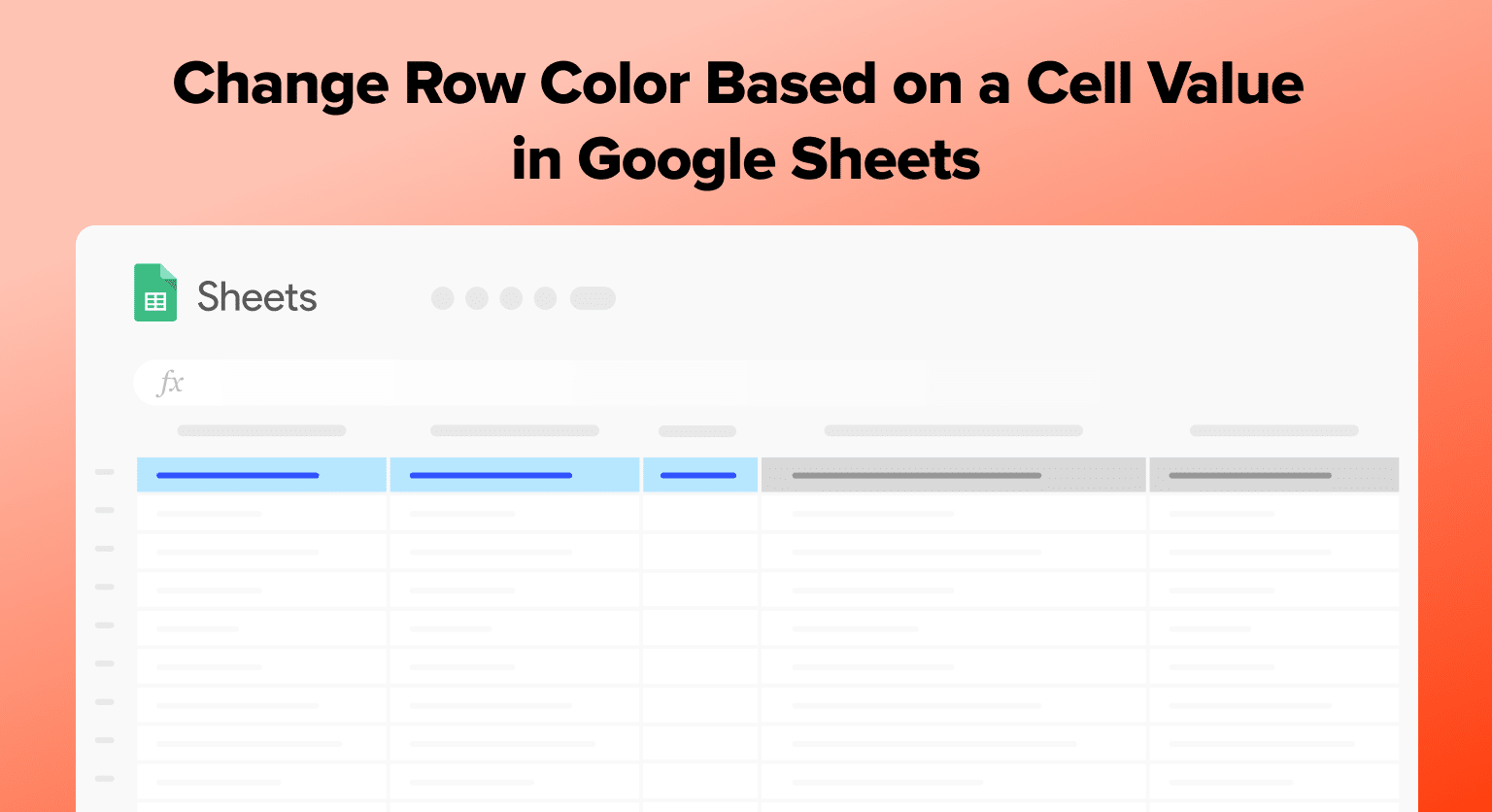If you’re navigating complex datasets in Google Sheets, changing row colors based on cell values is a game-changer. It simplifies data analysis, helping you spot key figures like highs, lows, or specific criteria instantly.
This guide walks you through setting up conditional formatting, a straightforward yet impactful feature, to visually categorize your data in no time.
Setting Up Conditional Formatting
Conditional formatting is a powerful feature in Google Sheets that allows users to format cells based on specific criteria. By using conditional formatting, users can quickly and easily identify trends, patterns, and outliers in their data.
One of the most common uses of conditional formatting is to change the row color based on a cell value. Here’s how to set it up.
Accessing the Format Menu
To access the conditional formatting options in Google Sheets, users must first select the range of cells they wish to format.
Once the range has been selected, users can access the format menu by clicking on the “Format” option in the top menu bar. From there, users can select “Conditional formatting” to bring up the conditional formatting dialog box.
Using Custom Formulas for Conditional Formatting
Google Sheets offers a wide range of pre-built conditional formatting rules, but users can also create their own custom formulas for more specific formatting needs.
To create a custom formula, users must select “Custom formula is” from the drop-down menu in the conditional formatting dialog box. They can then enter their formula into the text box provided.
For example, to change the row color based on a cell value, users can use the following formula:
=$A1=”Value”
This formula will change the row color if the value in column A equals “Value”. Users can customize this formula to fit their specific needs by changing the column and value references.
By using conditional formatting in Google Sheets, users can quickly and easily change the row color based on a cell value.
Whether they’re working with large datasets or small ones, this feature can help them identify trends and patterns that might otherwise go unnoticed.
Advanced Tips and Tricks
Applying to Multiple Rows
Conditional formatting can be applied to multiple rows in Google Sheets. To do this, select the entire range of cells that you want to apply the formatting to.
Then, click on the “Format” menu and select “Conditional formatting.” From there, you can create a new rule or edit an existing one. Once you have set up the rule, click “Done” and the formatting will be applied to all of the selected cells.
Using Color Scales
Color scales are a great way to visualize data in Google Sheets. With color scales, you can apply a gradient of colors to a range of cells based on the values in those cells.

Supercharge your spreadsheets with GPT-powered AI tools for building formulas, charts, pivots, SQL and more. Simple prompts for automatic generation.

For example, you could use a color scale to highlight the highest and lowest values in a range of cells.
To use a color scale, select the range of cells that you want to apply the formatting to. Then, click on the “Format” menu and select “Conditional formatting.”
From there, select “Color scale” and choose the colors that you want to use. You can also customize the minimum and maximum values for the scale.
Managing Multiple Conditions
If you need to apply multiple conditions to a range of cells in Google Sheets, you can do so by creating multiple rules.
To create a new rule, click on the “Format” menu and select “Conditional formatting.” From there, click on “Add another rule” and set up the new rule. You can also manage existing rules by clicking on the “Manage rules” option in the “Conditional formatting” menu.
When creating multiple rules, it’s important to pay attention to the order in which the rules are applied.
Rules are applied from top to bottom, so make sure that the most important rules are at the top of the list. If a cell meets the criteria for multiple rules, the formatting for the rule at the top of the list will be applied.
Conclusion
Transforming row colors based on cell values not only enhances your Google Sheets’ functionality but also turns complex data into easily digestible visuals. Whether it’s a single row or a vast dataset, conditional formatting is your ally in data analysis.
Eager to boost your Google Sheets expertise further? Explore Coefficient for seamless data integration and advanced spreadsheet solutions.


